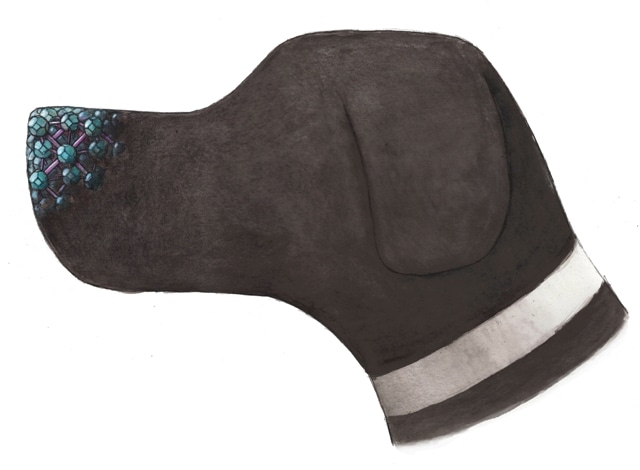Jul 5 2016
A global team of researchers headed by Rob Ameloot and Ivo Stassen from KU Leuven have studied the possibility of detecting nerve gas and pesticides in extremely low concentrations.
 KU Leuven researchers have developed an electronic nose to detect pesticides and nerve gas (Credit: © Joris Snaet)
KU Leuven researchers have developed an electronic nose to detect pesticides and nerve gas (Credit: © Joris Snaet)
The Breathalyzer is a popularly known electronic nose. A chemical sensor that measures the alcohol content in the breath of drivers breathing into the device. This chemical reaction is then transformed into an electronic signal, permitting the cop to read off the outcome. Alcohol can be easily detected, because of the specific chemical reaction and high concentration of the measured gas. However various other gases are complex mixtures of molecules in extremely low concentrations. Building electronic noses to identify them is indeed a challenging task.
Using metal-organic frameworks (MOFs), researchers from KU Leuven have recently constructed an extremely sensitive electronic nose.
MOFs are like microscopic sponges. They can absorb quite a lot of gas into their minuscule pores.
Postdoctoral researcher Ivo Stassen
“We created a MOF that absorbs the phosphonates found in pesticides and nerve gases. This means you can use it to find traces of chemical weapons such as sarin or to identify the residue of pesticides on food. This MOF is the most sensitive gas sensor to date for these dangerous substances. Our measurements were conducted in cooperation with imec, the Leuven-based nanotechnology research centre. The concentrations we’re dealing with are extremely low: parts per billion – a drop of water in an Olympic swimming pool – and parts per trillion.”
The chemical sensor can be easily incorporated into current electronic devices, Professor Rob Ameloot states. “You can apply the MOF as a thin film over the surface of, for instance, an electric circuit. Therefore, it’s fairly easy to equip a smartphone with a gas sensor for pesticides and nerve gas.”
Further research will allow us to examine other applications as well. MOFs can measure very low concentrations, so we could use them to screen someone’s breath for diseases such as lung cancer and MS in an early stage. Or we could use the signature scent of a product to find out whether food has gone bad or to distinguish imitation wine from the original. This technology, in other words, offers a wide range of perspectives.
Professor Ameloot
Source: http://www.kuleuven.be/